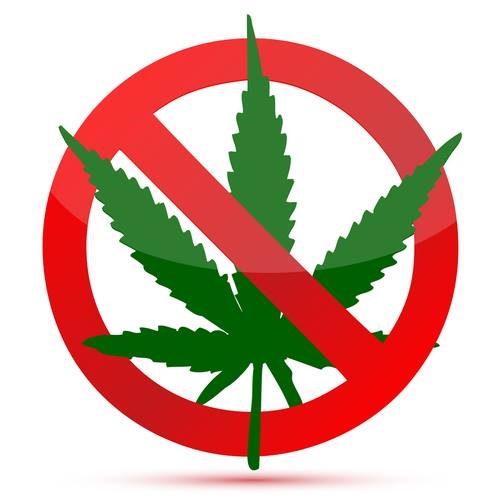Sen. Mike Crapo, R-Idaho, questions President Donald Trump's Supreme Court nominee Brett Kavanaugh as he testifies before the Senate Judiciary Committee on Capitol Hill in Washington, Wednesday, Sept. 5, 2018, on the second day of Kavanaugh's confirmation hearing to replace retired Justice Anthony Kennedy. (AP Photo/Jacquelyn Martin)
Jacquelyn Martin/AP
The Secure and Fair Enforcement Banking Act has prompted a green rush in the halls of Congress.
In the first nine months of 2019, the marijuana industry spent more than $3.8 million lobbying Congress, according to OpenSecrets — employing a total of 80 lobbyists. That put the industry on track to spend far more on lobbyists in 2019 than in the previous two years combined.
Yet it’s a modest investment considering the potential payout. If enacted, the SAFE Banking Act is expected to drive billions of dollars of new investment into this rapidly evolving sector.
That investment will bring high investor expectations for big, sustained profits. We’ve learned from Big Tobacco and the nation’s tragic opioid crisis that intense investor pressures can result in aggressive and deceptive marketing tactics that threaten the health of consumers.
It was a buzzkill for industry advocates when Senate Banking Committee Chairman Mike Crapo, an Idaho Republican, said in December he is uncomfortable moving the bill forward without stricter safeguards for children, among other protections.
Marijuana promoters have been loudly expressing their displeasure.
As a nonprofit organization dedicated to protecting children from the harms of marijuana commercialization, we want to thank Crapo for his courage in standing up for the health and welfare of youths, whose interests too often have been ignored in this important debate.
Crapo’s specific concerns include “the high-level potency of marijuana, marketing tactics to children, [and] lack of research on marijuana’s effects.”
America’s children can’t afford millions of dollars in lobbying. But they just have one chance to grow up, and if we adults don’t look out for them, our nation will pay the price for generations to come.
SAFE Banking Act promoters say the bill will make marijuana dispensaries safer by reducing their reliance on cash. That’s a worthy goal, but while we’re protecting industry workers, let’s make sure we also protect children.
Our nonprofit organization doesn’t weigh in on the question of whether marijuana should be legal for adults. But we think everyone, including the marijuana industry, should agree that we must do everything in our power to keep it away from children.
We’ve seen the harm it can cause firsthand.
Adults who grew up with the marijuana of the earlier decades may have a quaint view of the drug. If we survived it, why can’t today’s children?
The difference is that mass commercialization has created fundamentally different forms that are much more dangerous to children. Between the 1960s and 1980s, marijuana typically had less than 2% THC, the drug’s main mood-altering chemical. Even into the 1990s, marijuana potency averaged about 3.8% THC.
In Colorado, the first state to legalize and commercialize recreational marijuana, children now are barraged with ads for ultrapotent marijuana distillates used in vape pens (often flavored) and dab rigs, which can contain nearly pure THC. Unsurprisingly, the state has recorded statistically significant increases in youths using intensely potent products.
Quite simply, this is not their parents’ marijuana.
That's why it was especially important that Crapo highlighted the threat of rising potency to children. U.S. Surgeon General Jerome Adams warned that frequent marijuana use during adolescence is associated with:
Changes in the areas of the brain involved in attention, memory, decision-making, and motivation
Impaired learning, including declines in IQ and school performance
Increased rates of school absence, dropping out, and suicide attempts
And the risk for psychotic disorders, such as schizophrenia
Whatever you think of adult use of marijuana, this threat to children can’t be ignored.
Yeah, we get it. Raising concerns about marijuana’s risks to children may seem uncool when "ganjapreneurs" are seeing a new kind of green with huge potential paydays. But this is a moment when the adults have to be the responsible ones. That’s why we’re grateful for Crapo’s leadership at this key juncture.
We firmly believe that, when we look back at this moment years and decades from now, history will honor Sen. Crapo for putting children before marijuana industry profits.
Diane Carlson is co-founder and national policy director of Smart Colorado, a nonprofit organization focused on protecting the health, safety, and well-being of the youth as marijuana becomes increasingly available and commercialized.


